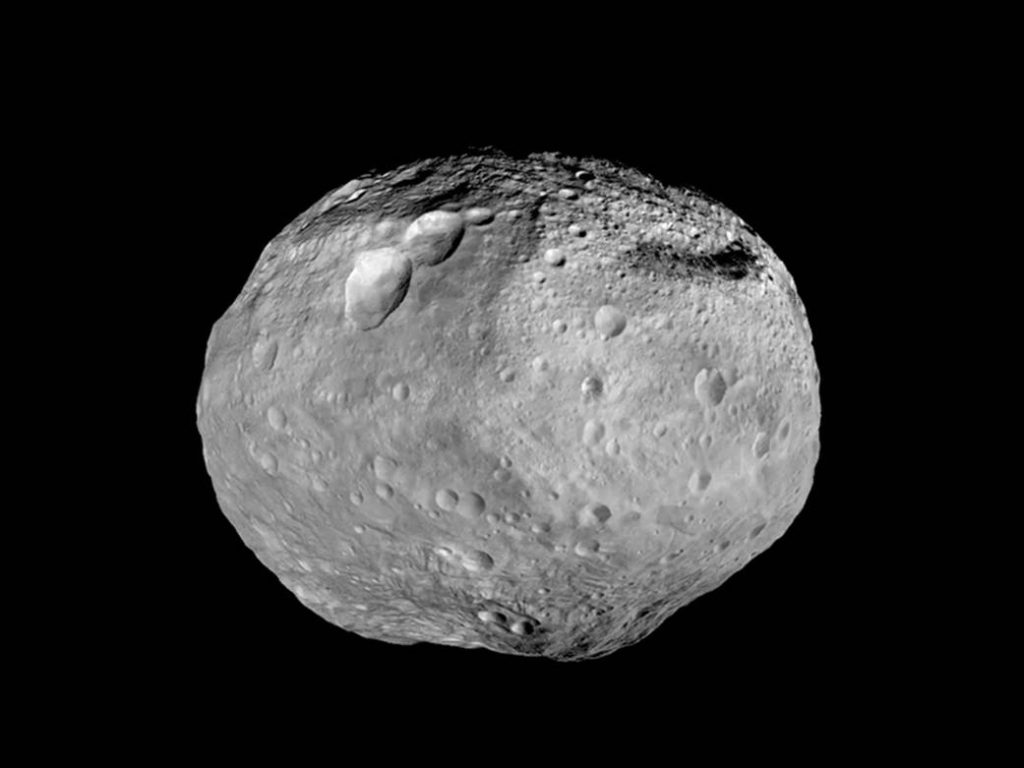By Erich Karkoschka

Saturn transits 40 degrees high during dusk. Its rings are still open by 15 degrees, which will not happen again until 2028.

Jupiter rules the night, 40 degrees east of Saturn. It is so bright that it can cast shadows at a very dark site. On the evening of the 2nd and 9th, Ganymede’s large shadow wanders across Jupiter’s disk.

Mars is the bright orange “star” in the east during late evenings. Its rising times change from 8 pm at the beginning of the month to before 6 pm at the end. After the first week, it is even brighter than Sirius. Its disk reaches 17 arc-seconds diameter, which shows its surface details quite well in a telescope. On the 30th, Mars is closest to Earth. Its distance is better than at an average opposition, and its altitude in Tucson reaches 83 degrees. Hard to beat!

Venus will start its evening visibility in December, with good eyesight even during the last days of November.

Uranus comes into opposition on the 9th. At magnitude 5.6 and 74 degrees high in the sky at midnight, it is within reach of naked eye visibility if you know where to look.
Neptune is visible in binoculars 7 degrees to the west of Jupiter.

Vesta is as bright as Neptune, but 20 degrees to the southwest in Aquarius.


